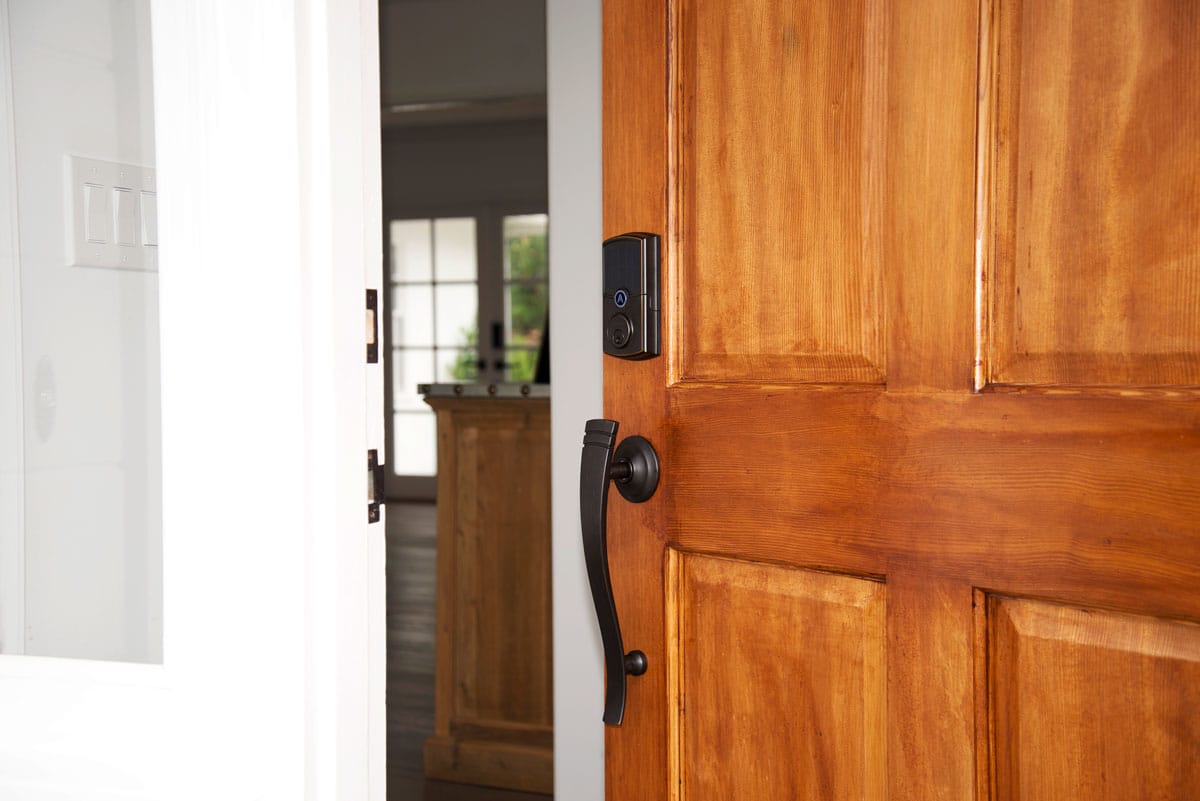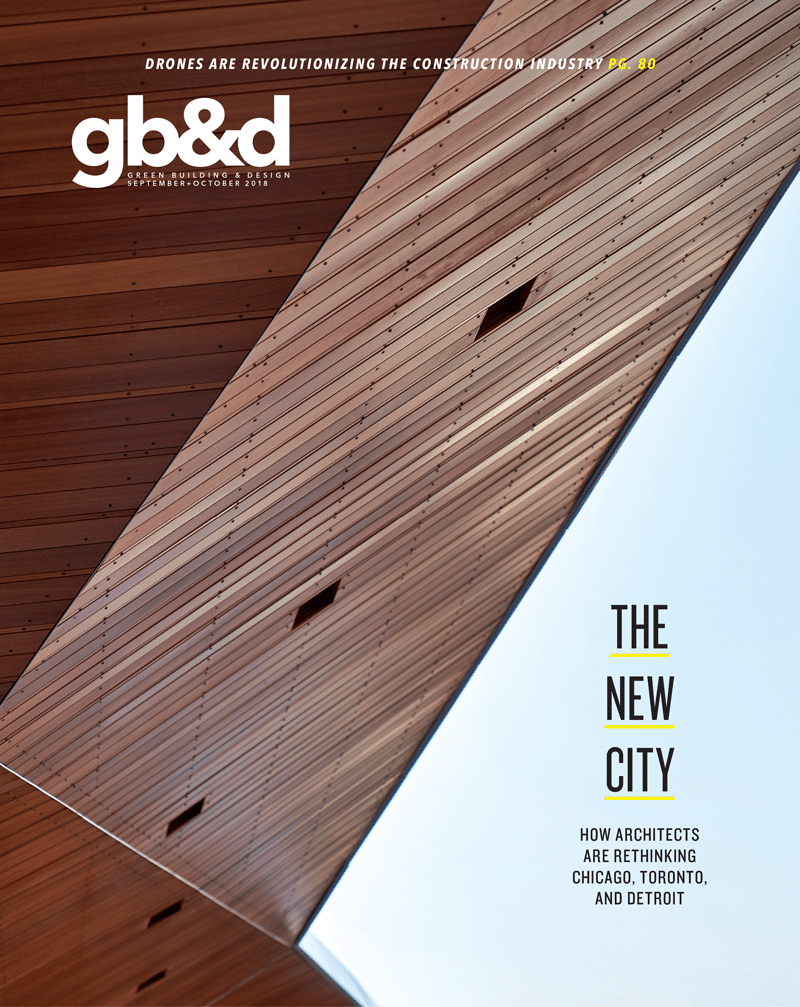Hampton Products dared to change the familiar—front door locks—with user-friendly, wireless-age functionality, convenience, adaptability, and eco-sensitivity.
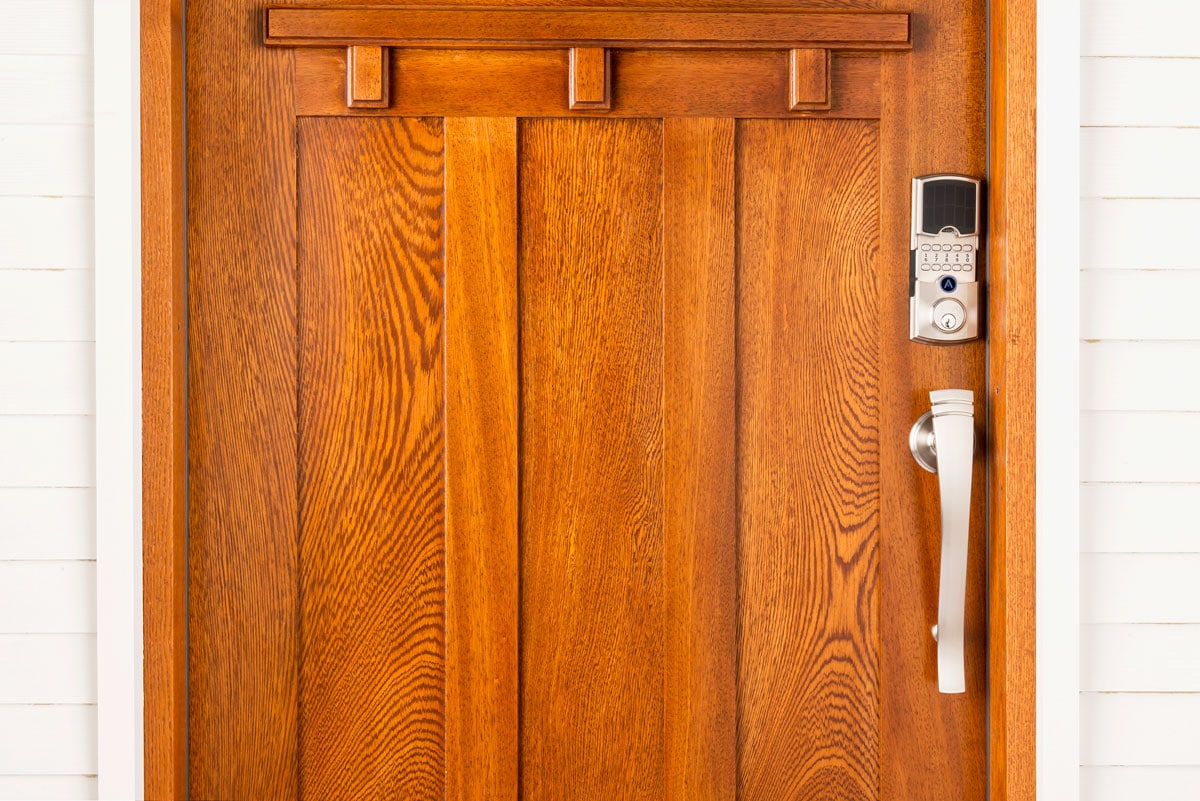
[Photo: Courtesy of Hampton Products]
The vast majority of locks used today are based on inventions between the late 18th century and 1924, when Harry Soref invented the first padlock. But Kim Kelley, CEO of security hardware company Hampton Products, might have a lock on dramatically changing that.
To be clear, Hampton traces part of its history to the 1973 invention by founder Dave Hampton of a weatherproof spare tire padlock. Fast-forward to today, where Kelley’s R&D team is using digital technologies in combination with high-quality hardware features and no shortage of ingenuity to rethink and reinvent residential door locks. The fact is that modern homes and their occupants have many unmet needs, and they’re ready for newer and better security systems.
The invention comes in two parts: The Hampton Push Pull Rotate (PPR) door lock, plus the Array cloud and app–enabled smart deadbolt. Configured separately or together, they take home security to the Internet of Things level by creating conveniences for all users.
There are many reasons why Hampton’s new lock should be at the top of your list when considering your next lock.
FROM OUR SEPT+OCT 2018 ISSUE
The preferred publication of leading green professionals.
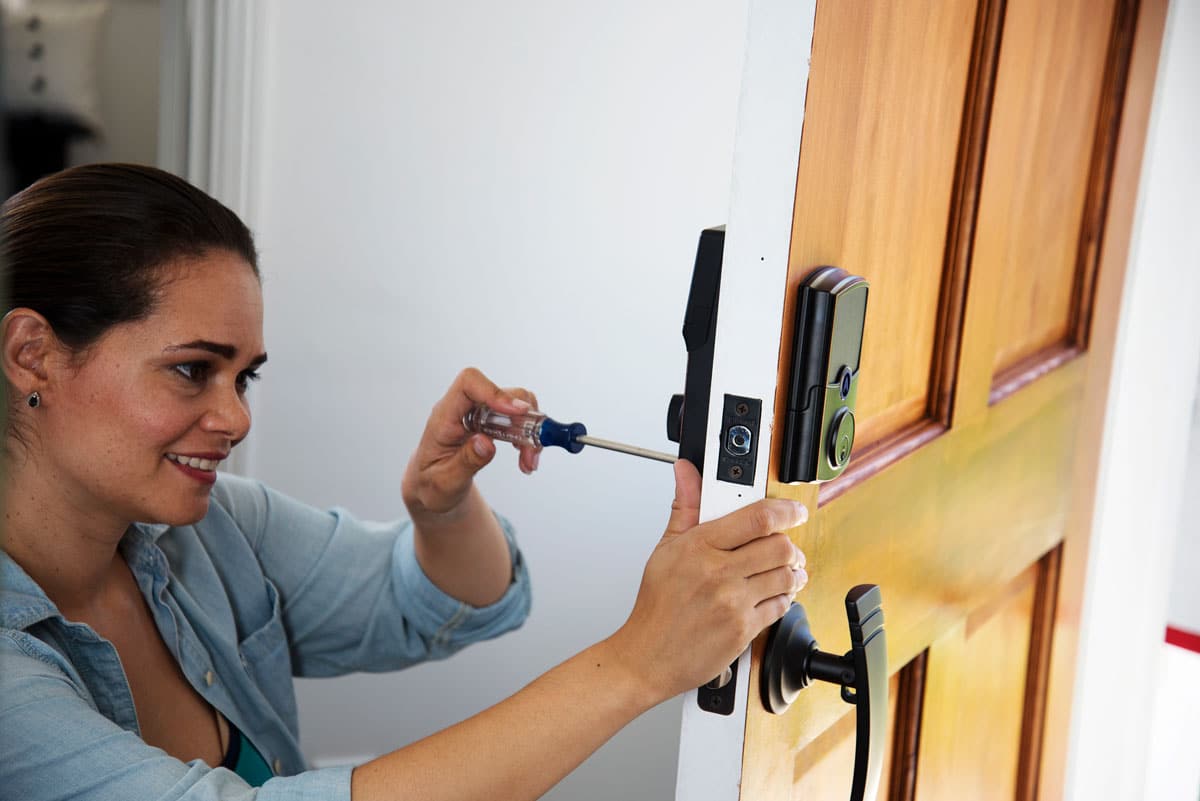
[Photo: Courtesy of Hampton Products]
1: It’s nice to have options.
As the name implies, there are three ways to open a door with the Push Pull Rotate (PPR) lock. For example, anyone with an armful of packages can use an elbow or hip to push the mechanism in. Another person might prefer to pull the knob or lever (one finger only needed), but a traditional rotation is perfectly functional as well—all in a single mechanism. “It’s mostly designed for convenience,” Kelley says. “But this also satisfies the requirements of the Americans with Disabilities Act.” The PPR can also be used with internal doors, since it comes in interior locking and non-locking functions, too.
2: It’s secure and reliable.
Keeping occupants and interior contents safe from intruders is always the first goal of a security lock. But Array by Hampton combines convenience and reliability with digital technologies to make a WiFi-connected, multifunctional smart locking system.
Authorized individuals who have e-Keys can open the lock. An activity log tracks who has used the lock and when. Also, a geofencing feature sends a notification to the known user asking if the door should be unlocked when they are within signal distance.
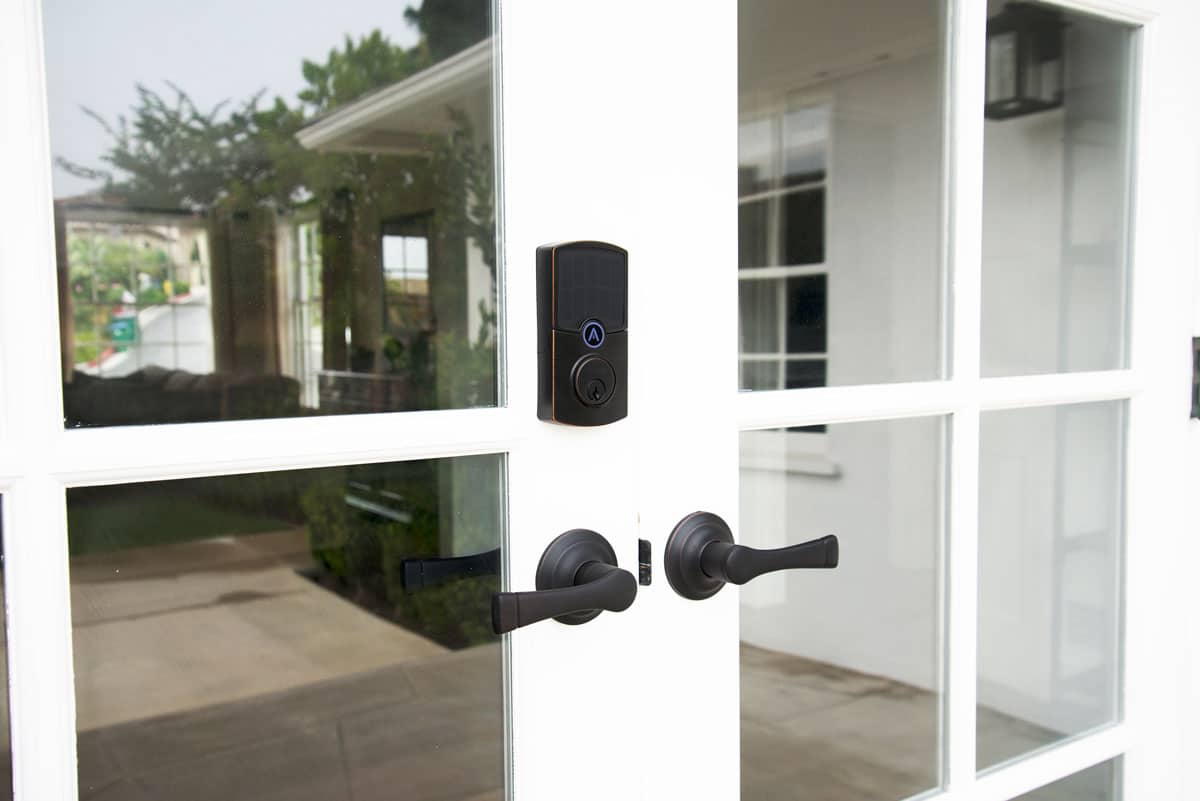
[Photo: Courtesy of Hampton Products]
3: It’s on trend with the future.
Rhea Smith, a purchasing manager with California-based Williams Homes, Inc., specifies the Array and PPR for the current houses they’re building now. “The smart locking system is spreading through the industry like wildfire,” she says, explaining that it’s part of the larger trend of digital home management with remote lighting, temperature, and water controls.
4: Enjoy access permission and control.
The e-Key can be shared, and it can be changed. This not only gives ultimate control to the homeowner family, but extends the privilege to babysitters, house cleaners, delivery personnel (preventing front porch thefts), and temporary guests (useful with Airbnb listings). The e-Key code keypad is positioned underneath the sliding solar panel.
5: It adds curb appeal and a grand entrance.
Smith tracks residential design trends in California’s southern and central coast regions, where discerning homebuyers expect modern or traditional style houses that are equipped with both style and substance. She says door locks are part of the fabled “curb appeal” that sets the tone for showing a home to a prospective buyer. “A lock and door knob are the first thing they touch right before they go inside,” she says. “That sets the tone for the rest of the home.”
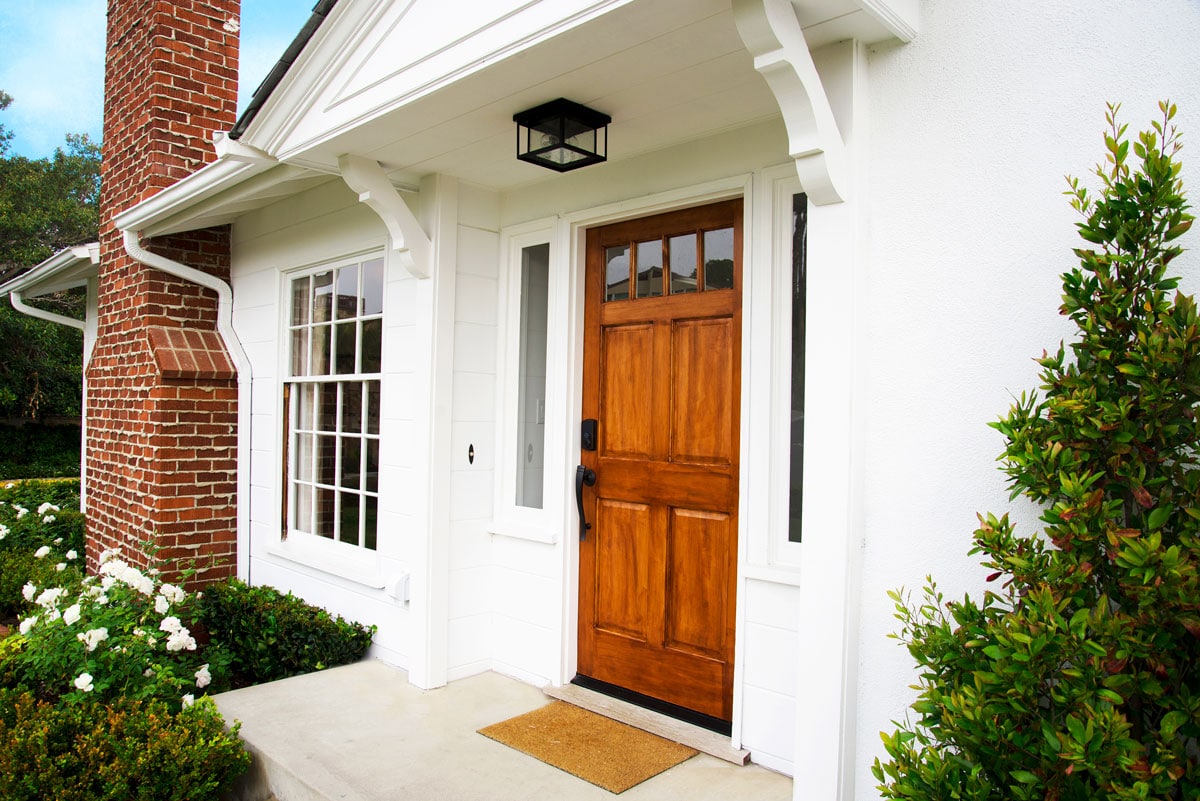
[Photo: Courtesy of Hampton Products]
6: It’s easy to install, with parity pricing.
Smith also has to keep an eye on costs when specifying any item in a new build. “The PPR and Array locks make no change to the build cycle,” she says, crediting the company for providing training to their installers.
Manufacturing for simple installation and at a price that is at parity with other quality locks were priorities, the company says. “It took 18 months of excruciating testing to get the whole PPR and Array configuration right,” Kelley says. “Not just the mechanical elements, but maintaining connectivity and encrypting the security features.” He adds that the cloud-enabled app is done entirely with U.S.-based servers for an additional level of security.
7: It’s sustainable.
Among the technological hurdles Kelley faced were keeping a good charge on the Array lock wireless feature. It has a lithium polymer battery that can be recharged, and two batteries are included with the product so you don’t have to worry when one is being charged. Even so, that may not be necessary for up to six months, as a built-in solar panel can keep the juice flowing in a green way. “Even with no solar exposure, such as inside a garage, the battery will last about 30 days,” he says. Kelley adds that the resiliency of the solar panel was essential, so they built it to a standard used by the U.S. Navy Seals in their field equipment.

